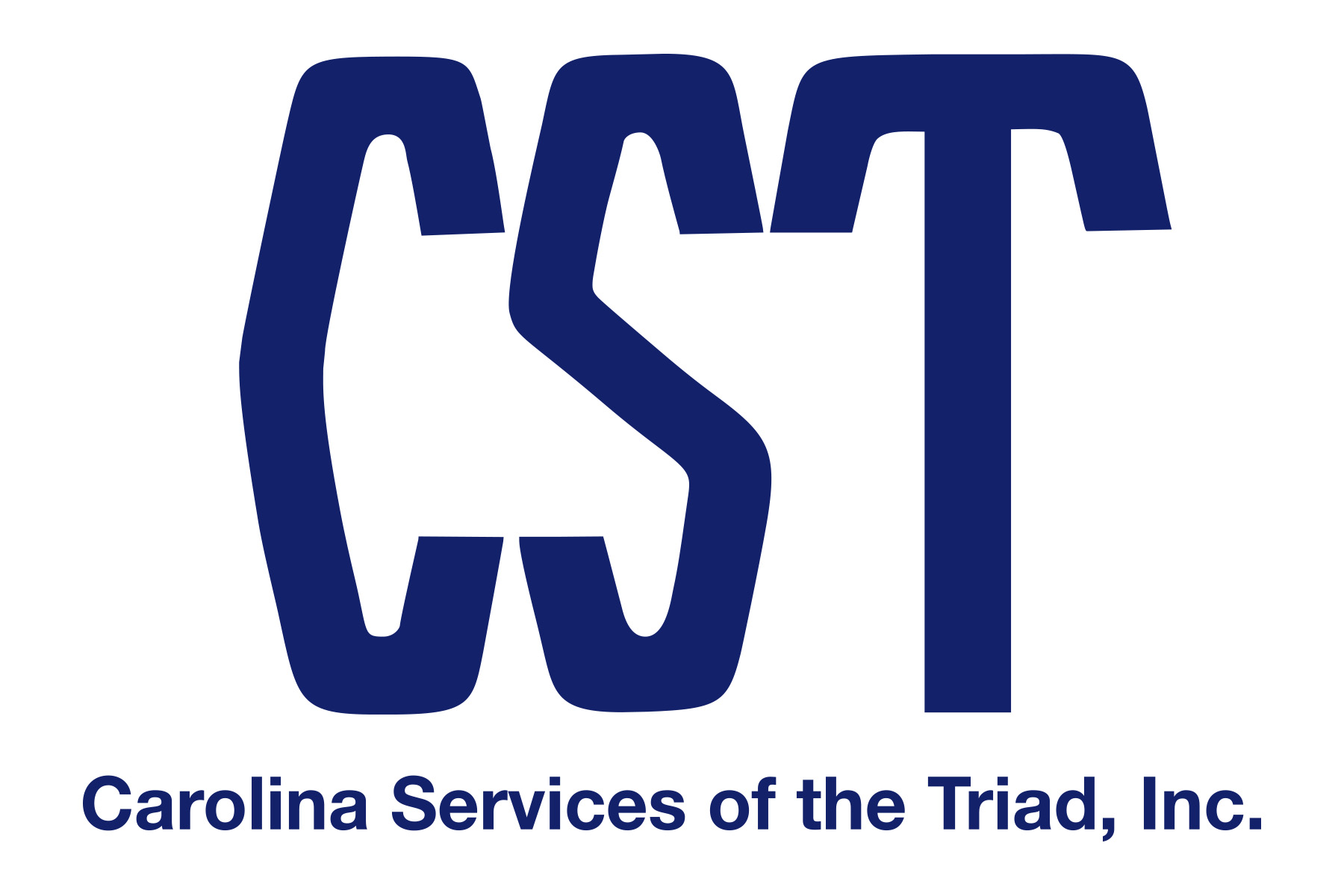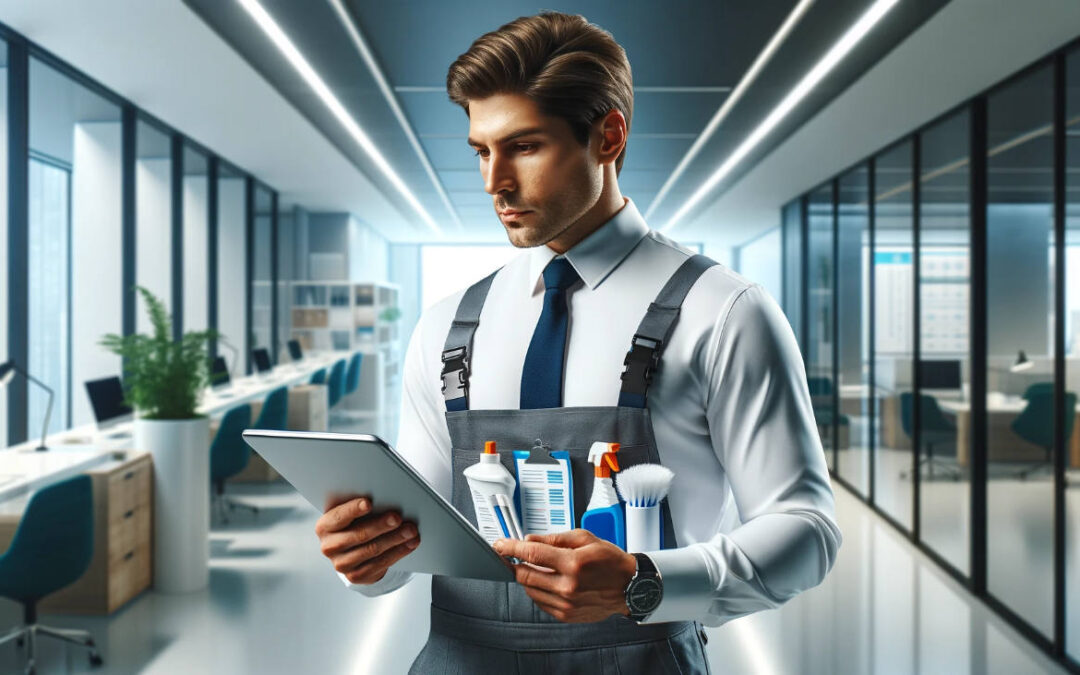From handling hazardous chemicals to exposure to infectious diseases, cleaners in these environments must navigate various hazards to ensure both their safety and the safety of those around them.
Understanding these risks and knowing how to mitigate them through training and proper procedures is essential.
Top Hazards for Cleaners in Medical Facilities
Cleaning in medical environments is not like cleaning in other workplaces. The stakes are higher, and the hazards are often more complex.
Below are some of the most common risks cleaners face in these settings:
Exposure to Infectious Diseases
Medical facilities are hotspots for bacteria, viruses, and other pathogens. Cleaners can be exposed to these infectious agents through contaminated surfaces, bodily fluids, and improper handling of waste materials.
The risk of exposure to diseases like MRSA, hepatitis, and even COVID-19 is higher for cleaners in these environments due to the constant presence of sick or vulnerable patients.
Chemical Hazards
Cleaners use a variety of disinfectants, bleach, and other cleaning chemicals that can pose serious health risks if not handled correctly. Prolonged exposure to these substances can cause respiratory problems, skin irritation, and even chemical burns.
Some cleaning agents produce toxic fumes that, when inhaled, can lead to headaches, nausea, or long-term lung issues.
Sharps Injuries (Tools and sharp objects)
While handling waste and laundry, there’s always the risk of accidental contact with needles, scalpels, or other sharp objects that have been improperly disposed of.
Even a small prick from a contaminated sharp can lead to infections or exposure to bloodborne pathogens.
Slips, Trips, and Falls
Cleaners often deal with wet floors and slippery surfaces while performing their duties, increasing the risk of slipping or tripping.
Cluttered areas or obstacles in narrow hallways can also contribute to accidents, leading to injuries that range from minor bruises to more serious fractures.
Musculoskeletal Injuries
Repetitive movements, heavy lifting, and awkward postures while scrubbing, mopping, or moving equipment can lead to strains, sprains, and other musculoskeletal issues.
The risk is heightened in large facilities where cleaners are required to handle heavy machinery or work for extended periods without breaks.
Training programs should cover:
- Proper Use of Personal Protective Equipment (PPE): Cleaners must be trained on how to correctly wear and remove gloves, masks, gowns, and eye protection to minimize exposure to infectious agents and hazardous chemicals.
- Chemical Safety Protocols: Understanding the appropriate use, storage, and disposal of cleaning agents is crucial. Cleaners should be familiar with the Safety Data Sheets (SDS) for each chemical they use to know what precautions to take and how to handle spills or accidental exposure.
- Sharps Handling Procedures: Proper training on handling and disposing of sharps can significantly reduce the risk of injury. Cleaners should know to never pick up needles or sharp objects with their bare hands and to use tools or containers specifically designed for this purpose.
- Ergonomic Techniques: Instruction on the right way to lift, carry, and use cleaning equipment can help prevent musculoskeletal injuries. Teaching cleaners how to maintain good posture and take regular breaks can also reduce the risk of repetitive strain injuries.
How serious are these hazards?
Cleaners exposed to disinfectants and cleaning chemicals in healthcare settings have a significantly higher risk of developing respiratory issues.
For example, the use of disinfectants like bleach and glutaraldehyde has been linked to double the risk of developing asthma among healthcare workers, including cleaners (World Health Organization).
The healthcare and social assistance industry reported a 40% increase in injury and illness cases in 2020, with 806,200 cases, making it the sector with the highest rates of work-related injuries and illnesses in the U.S.
Over half of these cases (447,890) resulted in at least one day away from work(OSHA). This statistic highlights the frequency and severity of injuries cleaners in healthcare settings may encounter.
In 2020, musculoskeletal disorders were a significant concern in healthcare settings, accounting for 52% of absence from work for nursing assistants, with 15,360 reported cases in this group alone.
Cleaners and other support staff are at similar risk due to the physically demanding nature of their work, including repetitive motions and heavy lifting(OSHA).
If you’re seeking reliable cleaning pros for your facility, call us today to discuss details and obtain a quote.

